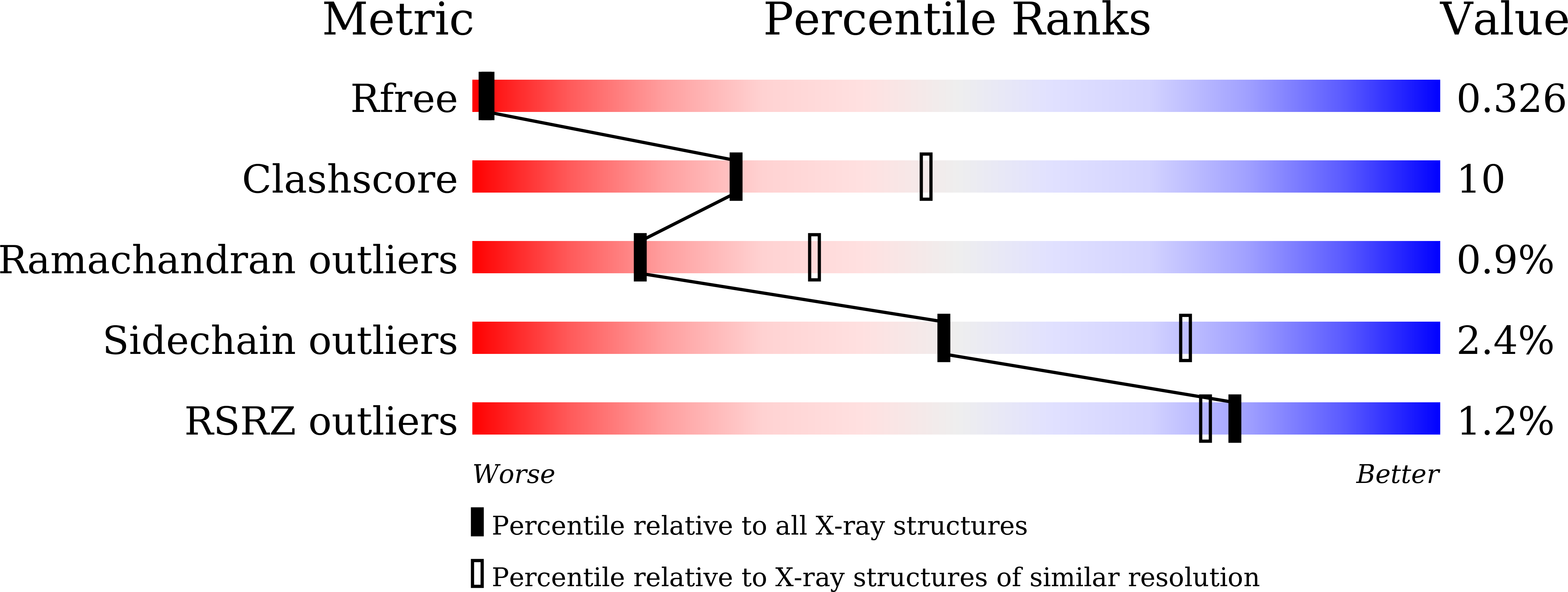
Deposition Date
2021-01-13
Release Date
2021-08-04
Last Version Date
2024-10-23
Entry Detail
PDB ID:
7DVD
Keywords:
Title:
The crystal structure of p53 DNA binding domain and PUMA complex
Biological Source:
Source Organism:
Homo sapiens (Taxon ID: 9606)
Host Organism:
Method Details:
Experimental Method:
Resolution:
2.59 Å
R-Value Free:
0.31
R-Value Work:
0.26
R-Value Observed:
0.27
Space Group:
P 1


